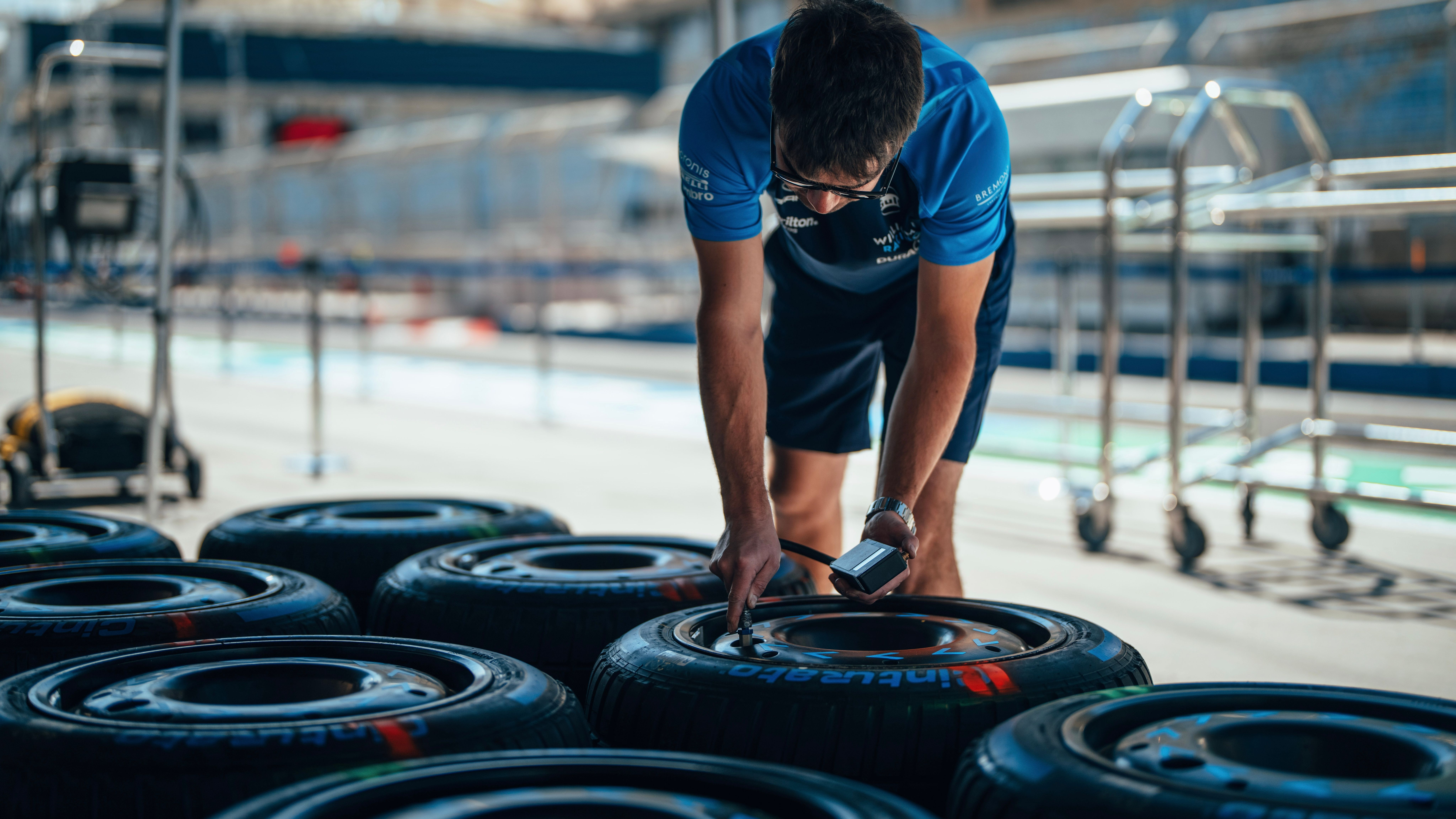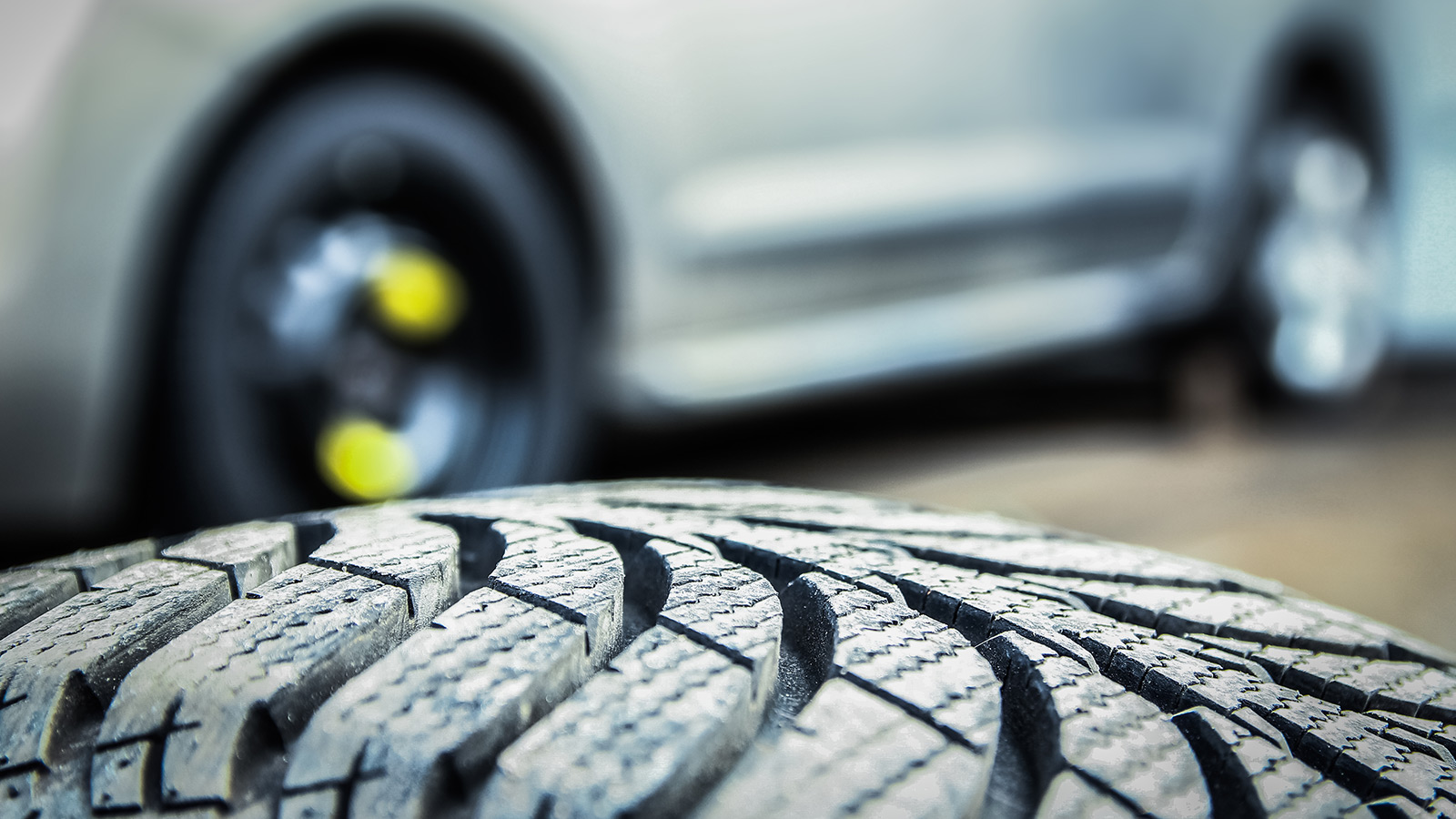All Categories
Featured
Table of Contents
I was able to obtain 100 hours out of among these tires, and while it had absolutely no tire lugs left on it, the soft compound made it work really wellas long as I was using a soft mousse. Kitt Stringer photo Easy placing - 3Wear - 3Sidewall toughness - 3Performance on origins - 4Performance on damp rocks - 2Traction on dust - 5Cornering capacity - 4Traction while stopping - 4Self-clearing of dirt and mud - 3Performance in mud - 3Overall predictability or monitoring - 3 _ 37 Verdict: This is an excellent well-rounded tire with great value for cash.

The wear was consistent and I such as how much time it lasted and just how regular the feel was throughout use. This would likewise be an excellent tire for faster races as the lug dimension and spacing bit in well on rapid terrain. Kitt Stringer photo Easy mounting - 3Wear - 3Sidewall toughness - 3Performance on origins - 4Performance on wet rocks - 4Traction on dirt - 4Cornering capacity - 4Traction while stopping - 5Self-clearing of dust and mud - 4Performance in mud - 4Overall predictability or monitoring - 4_42 Verdict: I liked this tire a whole lot.
If I needed to acquire a tire for tough enduro, this would be in my top choice. Easy installing - 3Wear - 3Sidewall strength - 3Performance on roots - 4Performance on wet rocks - 3Traction on dust - 4Cornering ability - 3Traction while braking - 3Self-clearing of dirt and mud - 4Performance in mud - 4Overall predictability or monitoring - 3 _ 34 Verdict: This tire was really soft and flexible.
All the gummy tires I examined executed fairly close for the first 10 hours or two, with the victors mosting likely to the softer tires that had better traction on rocks (Low-cost tyres). Purchasing a gummy tire will certainly offer you a solid advantage over a normal soft substance tire, yet you do spend for that benefit with quicker wear
Tyre Fitting – Stirling
This is an excellent tire for springtime and autumn conditions where the dirt is soft with some moisture still in it. These tried and tested race tires are great all about, yet wear swiftly.
My general champion for a difficult enduro tire. If I had to spend cash on a tire for day-to-day training and riding, I would certainly pick this one.
Honest Tyre Fitting Near Me – Mirrabooka
I have actually been running a set of Michelin Power Pilot 2CT's on my track Daytona 675 for the previous year. In that time I have done 15 track days in all weathers from cool wet to very warm and these tyres have never missed out on a beat. All-season tyres. I've done nearly 2,000 miles (3,200 km) on them and as you can see from this shot of the front taken after very first session of my 15th track day on them, they still have fairly a lot of rubber left on them
Basically the 2CT is an impressive track day tyre. If you're the sort of cyclist that is likely to experience both damp and completely dry conditions and is starting out on track days as I was in 2014, then I assume you'll be hard pushed to find a far better worth for money and qualified tire than the 2CT; a set of which will certainly set you back around 185 (US$ 300) in the UK.
Creating a far better all rounded road/track tyre than the 2CT need to have been a tough job for Michelin. The result of that effort is the Michelin Pilot Power 3 which basically changes the Pure. Don't confuse this new tyre with the road going Pilot Roadway 3 which is not designed for track usage (although some motorcyclists do).
They motivate big confidence and provide amazing hold levels in either the damp or the dry. When the Pilot Power 3 launched, Michelin recommended it as a 50:50% road: track tyre. That message has actually recently altered due to the fact that the tires are now recommended as 85:15% road: track usage rather. All the cyclist reports that I have actually reviewed for the tyre price it as a better tire than the 2CT in all areas however specifically in the wet.
Reliable Tyre Repair Near Me
Technically there are quite a couple of differences between the 2 tyres despite the fact that both use a dual compound. Aesthetically you can see that the 2CT has less grooves reduced right into the tire yet that the grooves run to the side of the tire. The Pilot Power 3 has more grooves for much better water dispersal however these grooves don't reach the shoulder of the tire.
One facet of the Pilot Power 3 which is different to the 2CT is the new 2CT+ modern technology which extends the harder middle section under the softer shoulders (on the back tire). This should provide a lot more security and lower any "wriggle" when increasing out of corners in spite of the lighter weight and more adaptable nature of this brand-new tyre.

Although I was slightly dubious regarding these lower stress, it ended up that they were great and the tyres performed actually well on course, and the rubber looked much better for it at the end of the day. Equally as a factor of recommendation, various other (fast team) bikers running Metzeler Racetecs were making use of tire stress around 22-24 psi for the rear and 24-27 psi on the front.
Generating a far better all round road/track tire than the 2CT must have been a difficult task for Michelin. The outcome of that initiative is the Michelin Pilot Power 3 which basically replaces the Pure. Do not confuse this brand-new tire with the road going Pilot Roadway 3 which is not developed for track usage (although some motorcyclists do).
Best Premium Tyre Selection Near Me
When the Pilot Power 3 introduced, Michelin suggested it as a 50:50% roadway: track tyre. All the motorcyclist reports that I've read for the tire rate it as a better tyre than the 2CT in all locations yet specifically in the damp.

Technically there are plenty of distinctions in between both tires although both use a dual compound. Aesthetically you can see that the 2CT has less grooves cut right into the tyre yet that the grooves run to the side of the tire. The Pilot Power 3 has more grooves for better water dispersal but these grooves do not reach the shoulder of the tire.
One facet of the Pilot Power 3 which is different to the 2CT is the brand-new 2CT+ innovation which extends the harder center area under the softer shoulders (on the back tire). This ought to give extra stability and lower any type of "wriggle" when accelerating out of edges in spite of the lighter weight and even more versatile nature of this brand-new tyre.
Although I was somewhat suspicious concerning these reduced pressures, it transformed out that they were great and the tires executed really well on course, and the rubber looked better for it at the end of the day. Equally as a point of reference, other (rapid group) bikers running Metzeler Racetecs were making use of tire pressures around 22-24 psi for the rear and 24-27 psi on the front
Latest Posts
Best Performance Tyres – West Swan 6055 WA
Best Wheel Alignment Near Me
High-quality Tyres Near Me – Balga WA